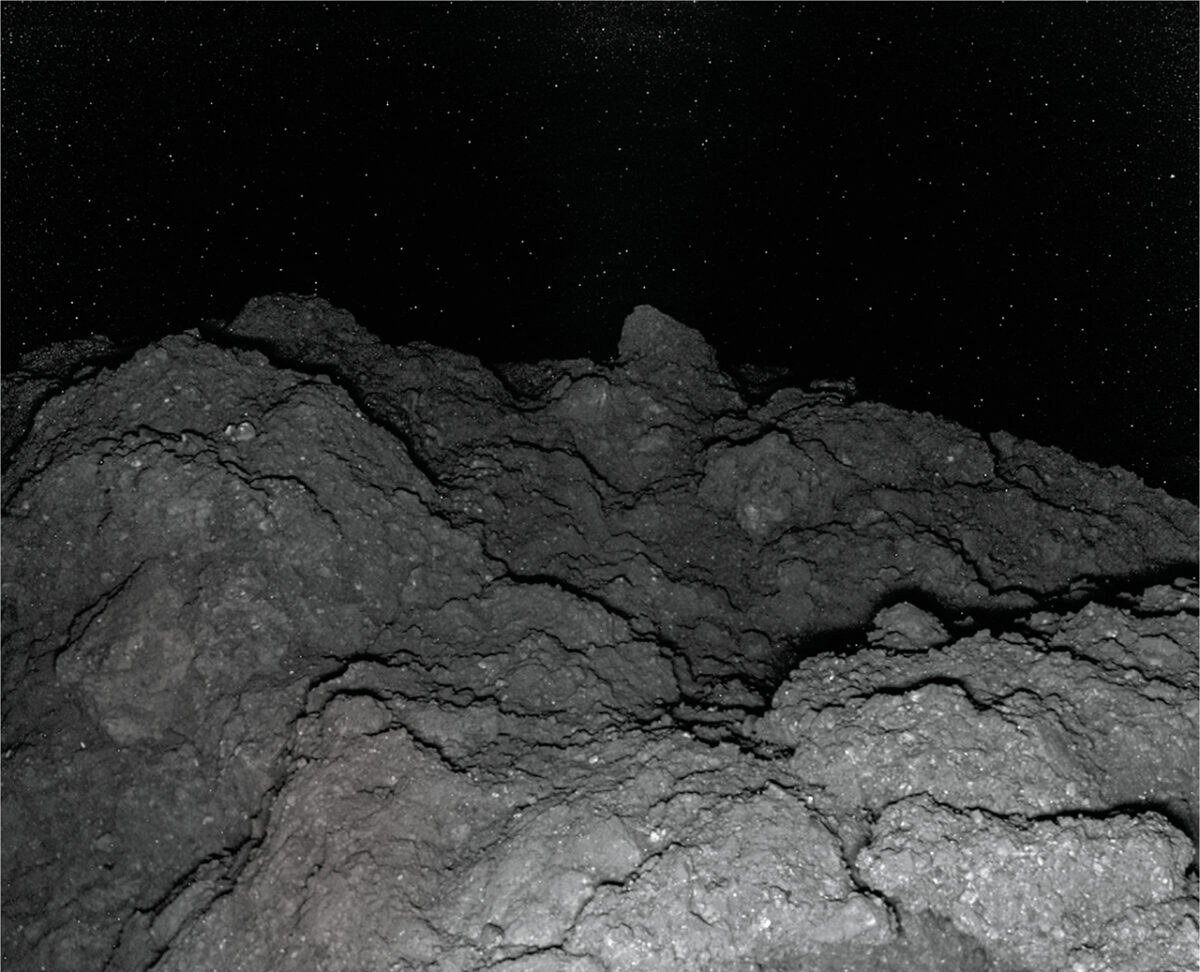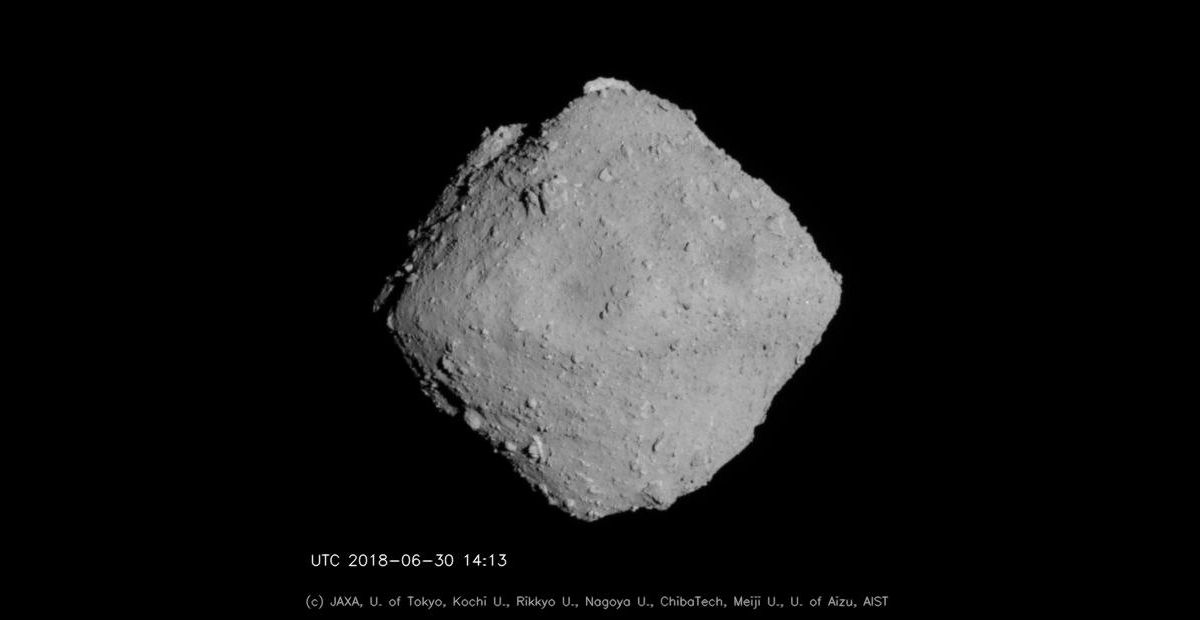Samples from the 162173 Ryugu asteroid collected by Japan’s Hayabusa2 spacecraft could help us understand the chemical composition of our solar system
Discovered in 1999, Japanese scientists working on the Hayabusa2 spacecraft have inspected the Ryugu asteroid, known as 162173 Ryugu, which was approximately 900 metres in diameter.
In this asteroid, Ancient grains of dust that are older than the solar system itself has been found in samples brought to Earth by the Japanese Hayabusa2 spacecraft nearly two years ago.
Now, UCLA scientists have revealed that minerals from the asteroid were produced through reactions with water more than 4.5 billion years ago – helping us better understand the chemical composition of our solar system as it existed in its infancy.
Minerals from more than 4.5 billion years ago
Carbonate minerals from the asteroid crystallized with water
Research in Nature Astronomy demonstrates scientists using isotopic analysis discovered that carbonate minerals from the asteroid were crystallized through reactions with water, which originally accreted to the asteroid as ice in the still-forming solar system, then warmed into liquid.
Within the first 1.8 million years of the solar system’s existence, these carbonates were formed – which is very early on in our solar system’s history – and they preserve a record of the temperature and chemical composition of the asteroid’s aqueous fluid as it existed at that time.
The carbon-rich Ryugu is the first C-type (C stands for “carbonaceous”) asteroid from which samples have been gathered and studied, which, unlike meteorites, has not had contaminated contact with Earth.

Where did 162173 Ryugu form?
By analysing the chemical composition and fingerprints in the samples, scientists can develop a picture of not only how Ryugu formed but where.
Kevin McKeegan, a distinguished professor of Earth, planetary and space sciences at UCLA, said: “The Ryugu samples tell us that the asteroid and similar objects formed relatively rapidly in the outer solar system, beyond the condensation fronts of water and carbon dioxide ices, probably as small bodies.”
From research, they gathered that Ryugu’s carbonates formed several million years earlier than previously thought, and they indicate that Ryugu (or a progenitor asteroid from which it may have broken off) accreted as a relatively small object, probably less than 20 kilometres (12.5 miles) in diameter.
Ryugu was potentially from a small asteroid
162173 Ryugu is an anomaly in their research, as most models of asteroid accretion would predict assembly over longer periods, resulting in the formation of bodies at least 50 kilometres in diameter that could better survive collisional evolution over the long history of the solar system.
“It is very unlikely it was ever a large asteroid” the researchers note.
“It is very unlikely it was ever a large asteroid”
Any larger asteroid formed very early on in the solar system would have been heated to high temperatures by the decay of large amounts of aluminum-26, a radioactive nuclide, resulting in the melting of rock throughout the asteroid’s interior, along with chemical differentiation, such as the segregation of metal and silicate.
However, Ryugu displayed no evidence of that, and its chemical and mineralogical compositions are equivalent to those found in the most chemically primitive meteorites, the so-called CI chondrites, which are also thought to have formed in the outer solar system.
To date the carbonates in the Ryugu samples, the team extended the methodology developed at UCLA for a different “short-lived” radioactive decay system involving the isotope manganese-53, which was present in Ryugu.
Answering vital questions in astrobiology
McKeegan adds: “Improving our understanding of volatile- and carbon-rich asteroids helps us address important questions in astrobiology — for example, the likelihood that rocky planets like can access a source of prebiotic materials,” he said.
Ongoing research on the Ryugu materials will continue to open a window into the formation of the solar system’s planets, including Earth.











